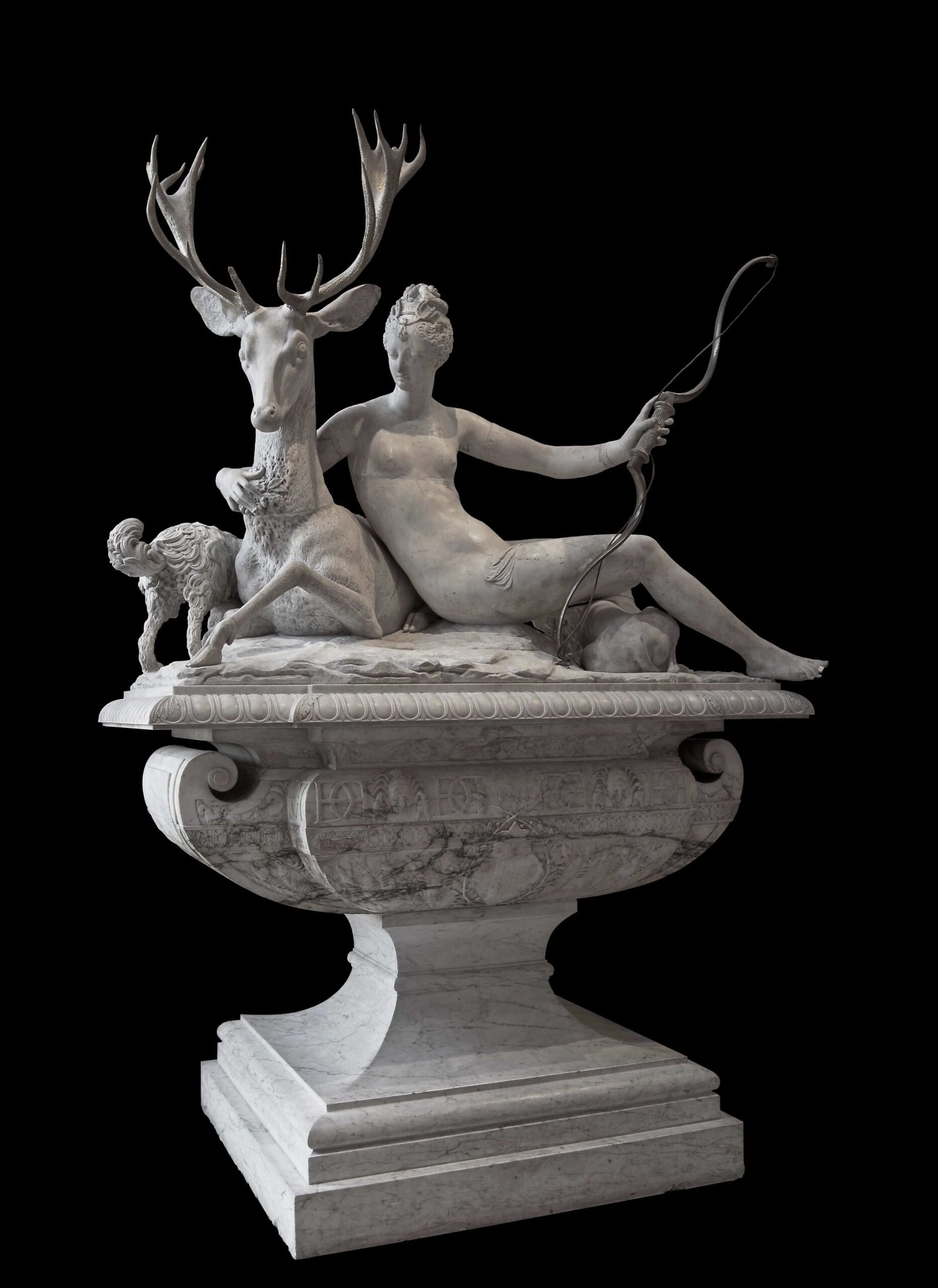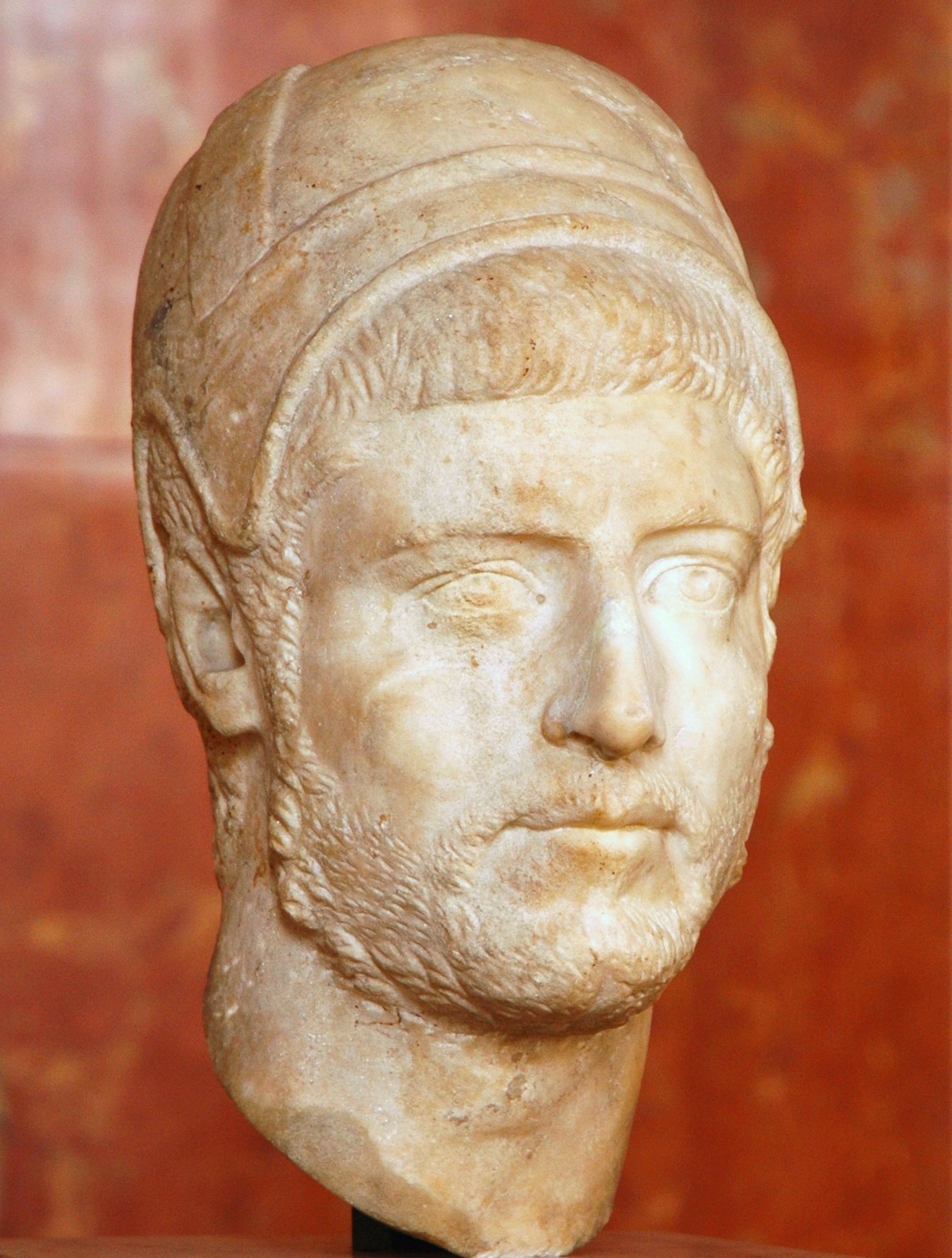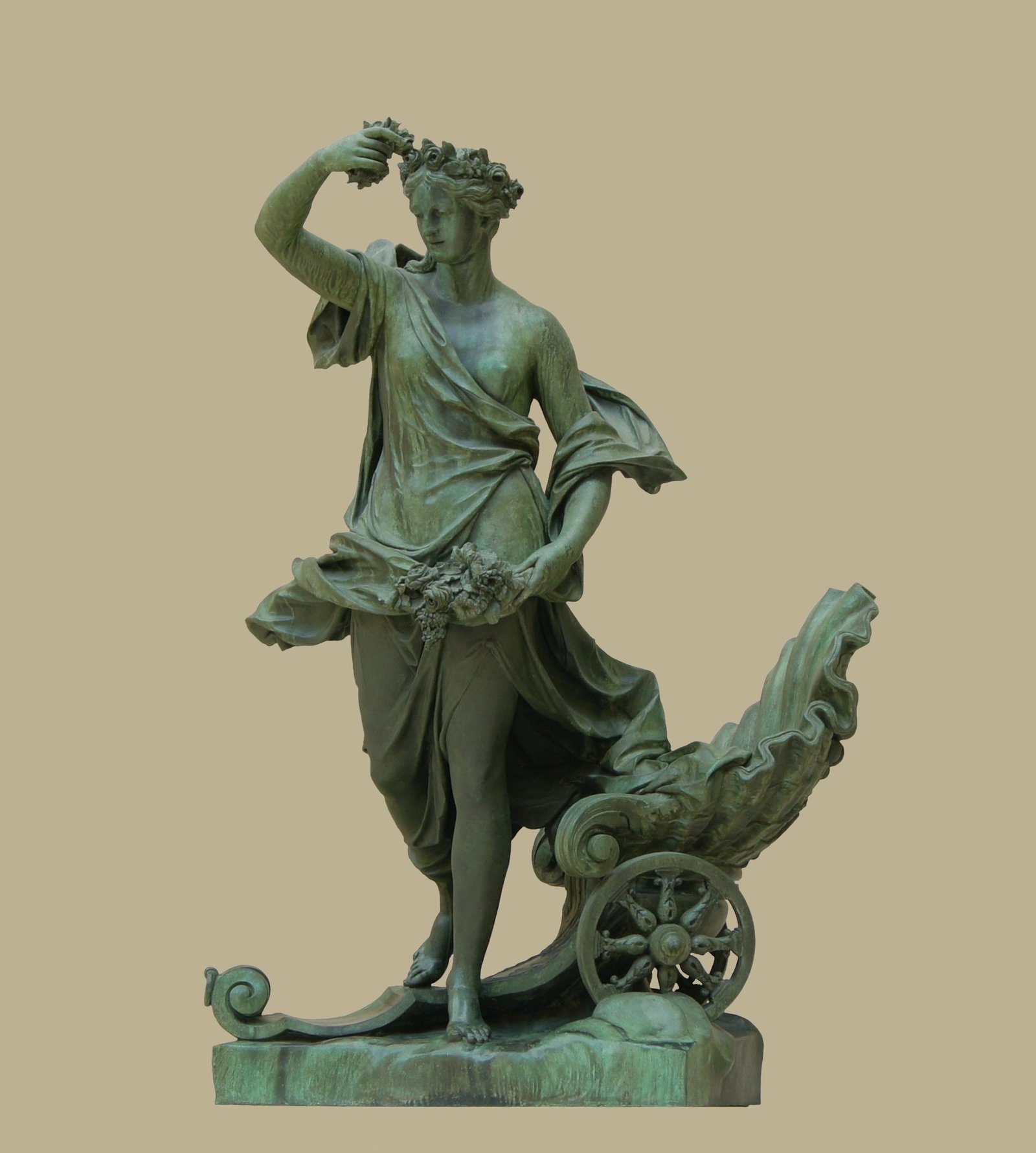The Louvre Museum Moabite Stone, also known as the Mesha Stele, is a remarkable ancient artifact housed in the prestigious Louvre Museum in Paris. This black basalt stele, dating back to the 9th century BCE, bears an inscription that provides valuable insights into the history of the Moabite kingdom and its conflicts with ancient Israel. The stone’s discovery, fragmentation, and subsequent reconstruction have made it a subject of intense archaeological and historical interest.
What is the Louvre Museum Moabite Stone?

The Moabite Stone is a black basalt stele discovered in 1868 in Dhiban, Jordan (ancient Dibon). It contains an inscription in the Phoenician script, closely related to paleo-Hebrew, detailing the military campaigns and religious practices of King Mesha of Moab. The stone’s significance lies in its corroboration of biblical accounts and its role as one of the earliest examples of extensive Semitic writing outside the Hebrew Bible.
What are the Physical Characteristics of the Moabite Stone?

The Moabite Stone has the following dimensions:
- Height: 125 cm (approximately 1.1 meters or 44 inches)
- Width: 69 cm
- Thickness: 37 cm
Despite its fragmented state, the stone remains an impressive artifact. Its current condition is the result of careful reconstruction using recovered pieces and a papier-mâché impression made before its destruction.
Where is the Moabite Stone Located in the Louvre Museum?
Visitors can find the Moabite Stone in:
- Department: Oriental Antiquities
- Room: Salle 303
- Wing: Aile Sully
- Level: Niveau 0
What Does the Inscription on the Moabite Stone Reveal?
The inscription on the Moabite Stone provides valuable historical information:
- King Mesha’s military campaigns
- Reconquest of territories from Israel
- Construction of a sanctuary for the Moabite god Chemosh
- Insights into 9th century BCE conflicts between Moab and Israel
The text is written in the Moabite language, which is closely related to Hebrew, making it an important linguistic artifact as well.
How Was the Moabite Stone Discovered and Preserved?
The discovery and preservation of the Moabite Stone is a tale of both fortune and misfortune:
- August 1868: Discovered by Frederick Augustus Klein, an Anglican missionary
- 1869: Smashed by the Bani Hamida tribe in defiance of Ottoman authorities
- Recovery: Many fragments were collected and reassembled
- Reconstruction: Aided by a papier-mâché impression made before destruction
Despite its fragmentation, the stone’s reconstruction has allowed scholars to study its invaluable contents.
Why is the Moabite Stone Historically Significant?
The Moabite Stone holds immense historical significance for several reasons:
- One of the longest monumental inscriptions from ancient Palestine
- Provides evidence of King Mesha and the Moabite kingdom’s existence
- Sheds light on 9th century BCE geopolitical dynamics
- Confirms several biblical accounts
- Offers insights into ancient Moabite religious practices
How Can Visitors Access the Moabite Stone at the Louvre?
Visitors to the Louvre can access the Moabite Stone with the following considerations:
| Aspect | Details |
|---|---|
| Accessibility | Ramps, elevators, and accessible restrooms available |
| Mobility Aids | Wheelchairs and other aids available for loan |
| Parking | No dedicated lot, but nearby public parking garages |
| Tours | Guided tours and mobile app for self-guided exploration |
| Educational Programs | Various options, check official website for details |
What Special Events or Exhibitions Feature the Moabite Stone?
The Louvre Museum often hosts temporary exhibitions and events that may feature the Moabite Stone:
- Check the museum’s official calendar for upcoming events
- Look for exhibitions focusing on ancient Near Eastern artifacts
- Inquire about specialized tours or lectures on the Moabite Stone
To stay informed about specific events related to the Moabite Stone, visitors should regularly check the Louvre’s website or contact their visitor services.
How Does the Moabite Stone Contribute to Our Understanding of Ancient History?
The Moabite Stone’s contribution to our understanding of ancient history is multifaceted:
- Provides a non-biblical account of events mentioned in the Bible
- Offers insights into the political landscape of the ancient Near East
- Demonstrates the linguistic similarities between Moabite and Hebrew
- Illustrates the religious practices and beliefs of the Moabites
- Serves as an example of ancient propaganda and royal inscriptions
By studying the Moabite Stone, scholars have gained valuable insights into the complex relationships between ancient kingdoms and their religious practices.
What Conservation Efforts are in Place for the Moabite Stone?
The Louvre Museum takes great care in preserving the Moabite Stone:
- Climate-controlled environment to prevent further degradation
- Careful monitoring of the stone’s condition
- Limited exposure to light to prevent fading
- Ongoing research to improve conservation techniques
These efforts ensure that future generations can continue to study and appreciate this remarkable artifact.
How Can Researchers Access the Moabite Stone for Study?
Researchers interested in studying the Moabite Stone can:
- Contact the Louvre’s Department of Oriental Antiquities
- Submit a formal research proposal
- Arrange for supervised access to the artifact
- Utilize high-resolution photographs and 3D scans when available
The Louvre encourages scholarly research while balancing the need to protect this invaluable piece of history.
In conclusion, the Louvre Museum Moabite Stone stands as a testament to the rich history of the ancient Near East. Its presence in one of the world’s most renowned museums ensures that it will continue to fascinate visitors and scholars alike for generations to come.

